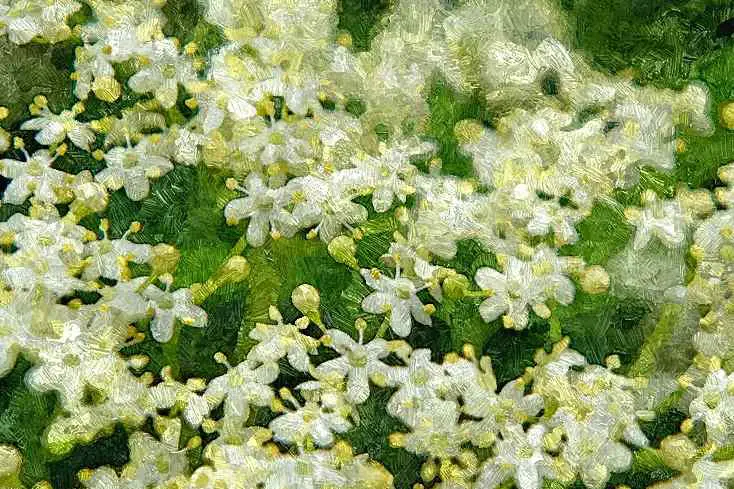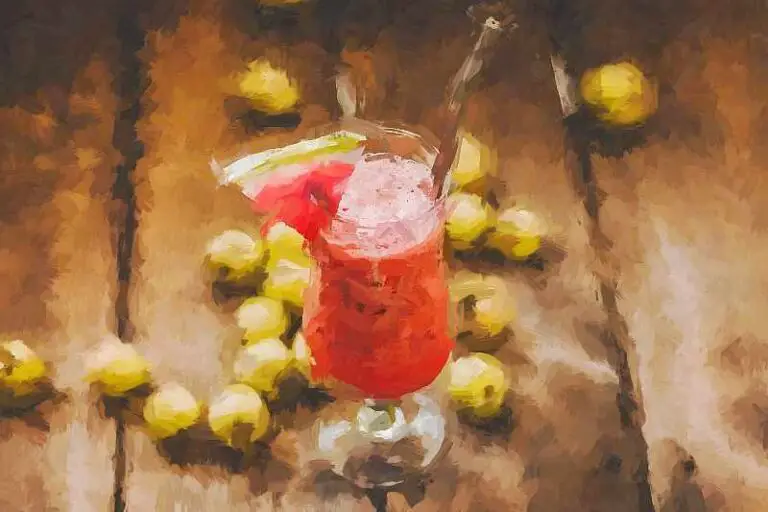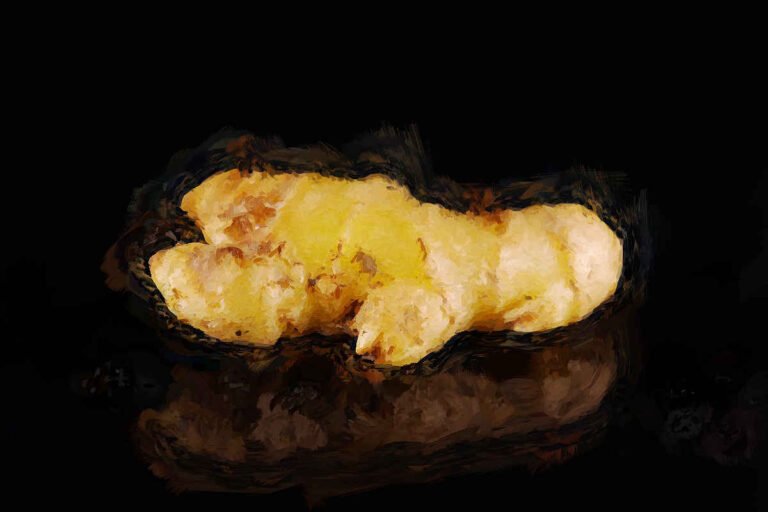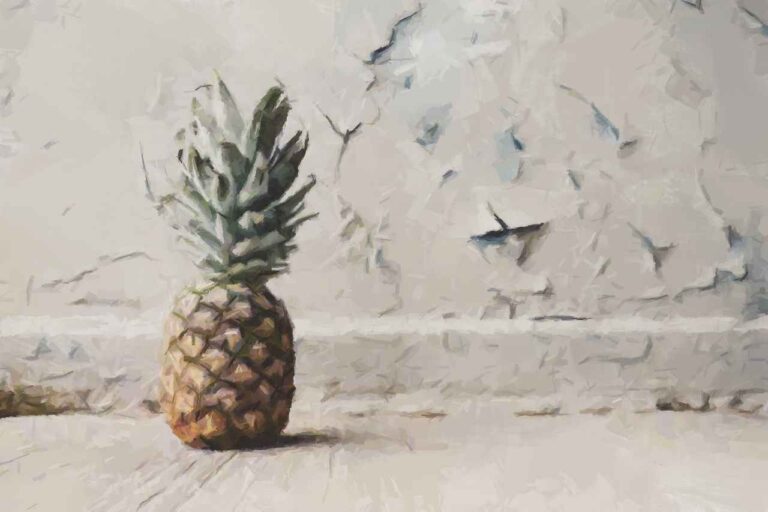Ferment Elderflower Into Lemonade And Champagne: They Are Divine!
If you are used to make elderflower cordial why not give fermented elderflower lemonade and champagne a try? They are DIVINE.
Spring is here and in the countryside elderberries bushes and trees are finally blooming.
Why do you say “finally” you may ask?
Well, because after a whole year we can FINALLY make fermented elder flower lemonade and elder flower champagne again.
You see, when you work around Nature’s timing and seasons, when you go around foraging food to prepare and ferment, it’s not exactly like going to the supermarket.
And even though it is, in my humble opinion, much better than ANY supermarket, Nature is by definition intrinsically transient; aka there are brief windows of time for harvesting and preparing.
NO strawberries in January here folks!
Ok, ok, I have digressed again… so right back to our elder flowers we go.
Before proceeding with the very simple recipes for lemonade and wine I need to spend a couple of words about foraging the flowers for our project.
Whilst you are here why not check out these other amazing recipes?
→ Bread Kvass & Beetroot Kvass
→ Blaand: the alcoholic wine made from whey
→ Pineapple Tepache made with rind & core
→ Watermelon soda, wine and vinegar
Picking The Elder Flowers
Although picking the flowers is a very straightforward operation, it is important to be aware of what we are doing.
Correctly Identify The Elderberry
Elderberry, elder, black elder or European elder are some of the common names under which Sambucus Nigra is known for.
And Sambucus Nigra IS the only type of elder you want to pick flowers from.
There is a very similar plant called Sambucus Ebulus whose every part ( leaves, flowers and berries ) is potentially very toxic to humans.
Opposite to Sambucus Nigra, Ebulus only grows up 150 cm tall ( 5 feet ), so choosing to pick flowers from a tree should keep you on the safe side.
BUT, if you are unsure, harvest with someone who is familiar with the plant, take a course on how to identify herbs and plants correctly or simply DON’T forage.
Responsible Foraging
It is paramount that every time we forage we respect Nature as much as we can and the elderberry picking won’t be an exception.
First and foremost let’s remember that berries come from flowers, hence, if we strip a plant of all its flowers it won’t be able to produce fruits.
And if it can be acceptable for us to go without them it might not be the same for animals, insects and Nature in general.
Second: thou shall not damage the plant in any way.
Breaking of branches included.
With that made clear let’s proceed with our recipes
*** IMPORTANT: elder flowers are full of pollen. If you are allergic to it, or you think there might be even a remote chance you are, DO NOT make these recipes before speaking to your doctor ***
Fermented Elderflower Lemonade – Hot Method
In order to use this recipe to make any amount of lemonade we desire, we will use the following proportions:
2 big flower umbrellas + 2 heaping tablespoons of sugar + 10-15 raisins for every litre / quart of water
INGREDIENTS
- Elderberry flowers
- Water
- Sugar
- Sulphite free raisins / juniper berries
STEPS
- Prepare water in a pot
- Shake the pollen from the flowers into the pot
- Heat up the water and add the sugar to it
- Stir until dissolved
- Remove as much stem from the flowers ( the green part ) as possible
- When water is hot ( does not need to boil ) remove from the heat and add flowers
- Allow flowers to infuse the water for at least 8 hours
- Remove flowers and pour the “tea” in a jar
- Add the raisins or the juniper berries
- Stir vigorously then seal the jar
- Allow to ferment for 48-72 hours at room temperature ( 22-24° C / 74-75° F )
- Place the jar in the fridge or bottle up
Serve with sparkling water, ice, a couple of mint leaves and as much lemon ( or lime ) juice as you desire.
TIPS
The hot method allows a greater extraction of flavour from the flowers but will kill the wild yeasts that live on them.
That is why we need to add a source of yeast to our brew.
Raisins and juniper berries are the most readily available medium but you are absolutely free to use any other starter you have handy.
You could opt for a yeast(ed) water, sourdough starter, water kefir or any “bug” you prefer; they all work perfectly.
Lemonless Elderflower Lemonade
To make a lemonade without lemon by taking advantage of the natural sour taste given by fermentation do as follows:
- Pour a teaspoon of sugar in every bottle ( plastic bottle! )
- Add the elderflower lemonade to it
- Shake to dissolve sugar
- Seal well and let ferment for 48-72 hours more
- Refrigerate
By doing so you have allowed the yeasts to further reproduce and consume more sugar, hence making the brew more tangy.
Fermented Elderflower Lemonade – Cold Method
In this recipe we will use the same proportions as above and also the same ingredients with the exclusion of raisins that are now optional and not mandatory.
STEPS
- Prepare water inside a bowl
- Add sugar and stir until dissolved
- Shake the pollen over the bowl
- Remove as much stem as possible then add the flowers to the water
- Let them infuse for 24 hours
- Remove flowers and pour the liquid in a jar
- Stir vigorously then seal
- Allow to ferment for 48-72 hours at room temperature ( 22-24° C / 74-75° F )
Now you can either refrigerate as is or proceed with the second fermentation ( as outlined in the previous recipe ) for a tangier flavour.
Another great way to enjoy the elderberry flowers for months to come is by using them to make wine.
Commonly known as elderflower champagne this fizzy drink with low alcohol content is easy to make and tastes incredible.
Let’s make it together.
Fermented Elderflower Champagne – Alcoholic
For this recipe you will need some extra equipment such as an airlock and a carboy ( or demijohn ).
Also, to be able to apply it to any amount you are making use the following proportions:
4 flowers umbrellas + 200 gr/1 cup of sugar for every litre/quart of brew.
INGREDIENTS
- Elder flowers
- Water
- Sugar
- ( optional ) a starter or champagne yeast
STEPS
- Pour water in a big mouth container or a bowl
- Add sugar and stir until dissolved
- Place flowers without their stems in the bowl
- Cover with a cloth and leave for 48 hours
- Remove flowers with a colander
- Pour the liquid in the demijohn
- ( optional ) Add the starter or the champagne yeast
- Seal with the airlock
- Let it ferment until activity inside the airlock is over
- Bottle as is if you like it still or add a teaspoon of sugar in every bottle for a sparkling champagne
Easy right?
TIPS
A couple of words about the starter.
The flowers are fully covered with wild yeasts that are able to run the fermentation on their own; that’s why the step involving the starter is optional.
As I often say fermentation that purely relies on wild yeasts can turn out to be unbalanced as we obviously have no idea which types of microorganisms Nature has isolated for us.
Hence the starter: by using one you’ll make sure your elderberry flower wine comes out tasting delightful and not like a mouldy rag.
If you have water kefir grains simply prepare a brew using elderflowers a couple of days prior making the champagne.
Alternatively you can prepare a yeast water following the steps in this recipe and substitute ginger with flowers.
Almost always when conducting a wild fermentation we obtain a drink with a fairly low abv ( alcohol by volume ) of maximum 7-8%.
If your goal is to reach an alcohol content similar to a store bought wine you can do so by using commercial yeast.
Specifically champagne yeast.
It is possible that to correctly estimate the alcohol content of the brew, you will need to use a refractometer and more sugar than you would for the lower alcohol drink above.
Whilst elderflower lemonade is consumed in a matter of 2-3 days, the champagne can, and often needs to, age a little.
Or a lot.
It really depends on you.
In our home, for example, we allow the fizzy version of the champagne to referment after bottling ( in bottles that can withstand pressure ) for at least a couple of weeks at a coolish temperature.
Usually we leave them for 2 days at room temperature ( so the yeasts can eat up the sugar ) then move them to a cooler room at around 16° C / 61° F for the remaining time.
For the still wine instead we immediately place it in the cool room.
But really, when it comes to flavour it is about preferences and personal taste more than anything else.
Nonetheless it’s also important to remember that every batch will age differently; I therefore advice you to start tasting your drink 2-3 weeks after bottling.
When flavour is spot on you will be free to enjoy your home made champagne plentifully and exactly like you like it.
And this is all!
Time to prepare some scissors, a little basket and a hat and get out in Nature to pick some elderflowers to start your project.
See you soon

Fermented Elderflower Champagne
Ingredients
- 20 Elder flowers
- 5 L Water
- 1 Kg Sugar
- optional a starter or champagne yeast
Instructions
- Pour water in a big mouth container or a bowl
- Add sugar and stir until dissolved
- Place flowers without their stems in the bowl
- Cover with a cloth and leave for 48 hours
- Remove flowers with a colander
- Pour the liquid in the demijohn
- ( optional ) Add the starter or the champagne yeast
- Seal with the airlock
- Let it ferment until activity inside the airlock is over
- Bottle as is if you like it still or add a teaspoon of sugar in every bottle for a sparkling champagne






